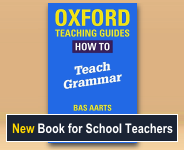Topic: Derivation
These resources cover the ways in which new words can be formed, for example by joining two words together or adding an ending to a word. These processes increase the vocabulary of our language, and an understanding of these processes can be helpful in expanding our personal vocabulary knowledge.

